
OneHubPOS and Toast POS are comprehensive restaurant management systems designed to streamline operations and enhance efficiency for food and beverage businesses.

OneHubPOS and Cake POS are comprehensive restaurant management systems designed to streamline operations and enhance efficiency for food and beverage businesses.

OneHubPOS and Lightspeed POS are comprehensive restaurant management systems designed to streamline operations and enhance efficiency for food and beverage businesses.

OneHubPOS and Clover POS are comprehensive restaurant management systems designed to streamline operations and enhance efficiency for food and beverage businesses.

OneHubPOS and Upserve POS are comprehensive restaurant management systems designed to streamline operations and enhance efficiency for food and beverage businesses.

OneHubPOS and Square are comprehensive restaurant management systems that streamline operations and enhance efficiency.

OneHubPOS and TouchBistro POS are comprehensive restaurant management systems designed to streamline operations and enhance efficiency for food and beverage businesses.

OneHubPOS and Linga POS are comprehensive restaurant management systems designed to streamline operations and enhance efficiency for food and beverage businesses.

OneHubPOS and Aloha POS are comprehensive restaurant management systems designed to streamline operations and enhance efficiency for food and beverage businesses.

OneHubPOS and HungerRuch POS are comprehensive restaurant management systems designed to streamline operations and enhance efficiency for food and beverage businesses.
.jpg)

Let’s be honest: the only thing scarier than a surprise health inspection is a letter from the IRS.
For most owners, the anxiety of small business tax filing stems from one thing: the fear of missing a deadline. If you find yourself scrambling for receipts every April, you need a better strategy.
The secret to a penalty-free year is simple — lock in the dates now. We have compiled the ultimate tax calendar 2026 to keep you ahead of the curve. Whether you run a retail shop or need specific guidance on tax filing for restaurants, bookmark this page to stay organized and audit-proof.

Missing a tax deadline isn’t just an administrative annoyance; it’s expensive. The IRS penalties for failure to file or pay on time can eat directly into your hard-earned margins.
For 2026, several key dates fall on weekends, pushing the actual filing deadline to the next business day. Knowing these nuances helps you avoid late fees and keeps your business in good standing.

Here is your cheat sheet for the year. Note that because some standard deadlines (like January 31st and March 15th) fall on weekends in 2026, the IRS moves the due date to the next business day.
| Due Date | Tax Form / Action | Who This Is For |
|---|---|---|
| Jan 15, 2026 | Q4 2025 Estimated Tax Payment | Sole proprietors, freelancers, and S-Corp shareholders who owe estimated taxes. |
| Feb 2, 2026 | W-2 & 1099-NEC Filing | Deadline to send W-2s to employees and 1099 forms to independent contractors (and file with the IRS/SSA). |
| Mar 16, 2026 | S-Corp (1120-S) & Partnership (1065) Returns | S-Corporations and Partnerships. (Standard date is March 15, but it’s a Sunday in 2026). |
| Apr 15, 2026 | Individual (1040) & C-Corp (1120) Returns | Sole proprietors (Sch C), Single-member LLCs, and C-Corps. This is "Tax Day." |
| Apr 15, 2026 | Q1 2026 Estimated Tax Payment | Businesses and individuals paying quarterly taxes for the new year. |
| Jun 15, 2026 | Q2 2026 Estimated Tax Payment | All quarterly filers. |
| Sep 15, 2026 | Q3 2026 Estimated Tax Payment | All quarterly filers. |
| Sep 15, 2026 | Extended Deadline (S-Corps/Partnerships) | Only for S-Corps and Partnerships that filed a valid extension in March. |
| Oct 15, 2026 | Extended Deadline (Individuals/C-Corps) | Sole proprietors and C-Corps that filed a valid extension in April. |
| Jan 15, 2027 | Q4 2026 Estimated Tax Payment | The final estimated payment for the 2026 tax year. |
If you run a restaurant, coffee shop, or bar, your tax obligations are slightly more complex than the average small business tax filing. You are dealing with tips, sales tax, and payroll for a shifting workforce.
Don't leave money on the table. The FICA Tip Credit (reported on Form 8846) allows restaurant owners to claim a credit for the Social Security and Medicare taxes they paid on employees' tip income. This can be a significant deduction.
If you have a "large food or beverage establishment" (generally defined as having more than 10 employees and where tipping is customary), you must file Form 8027.
Remember, sales tax is a "pass-through" tax. You collect it from the customer to pay the state. Mixing this with your operating cash flow is a dangerous game. Use a smart POS system to track exactly how much sales tax you have collected so you aren't scrambling when your state's filing date arrives (which varies by state — usually monthly or quarterly).
Also Read: The Ultimate Guide to POS Analytics for Small Restaurants

The difference between a frantic tax season and a smooth one is often your technology.
The right tools make tax filing for restaurants and retailers effortless. OneHubPOS automates your sales reporting, tracks your sales tax liabilities, and organizes your labor data so you can hand everything to your accountant with a smile.
Don't let legacy systems slow you down. Book a free OneHubPOS demo today to see it in action.
.jpg)

The holiday decorations are down. The Q4 adrenaline has faded. It is tempting to coast through the January lull, but this quiet period is actually the most critical strategic window you will get all year.
Be honest about last month: Did your checkout lines lag? Did your inventory fail to sync? Did your system crash during the peak rush?
If your technology caused you stress in December, it is holding you back in January. While your competitors rest, the smartest retailers are using this downtime to rebuild. Here is why January is the undisputed best time for a POS upgrade, and how switching to a new POS system now sets the stage for a record-breaking year.
See Also: Still reconciling sales from December? Time to upgrade to a smarter POS in 2026
Imagine trying to replace the engine of a car while it is speeding down the highway at 80 mph. That is exactly what it feels like to upgrade your point-of-sale system in October or November.
For most retail and restaurant businesses, January and February represent a natural lull in foot traffic. While lower sales might seem like a negative, operationally, they are a gift. This "quiet season" provides the low-stakes environment you need to install new hardware and migrate your data without disrupting a high volume of customers.
Implementing a new POS system isn't just about plugging in a machine. It involves:
Attempting this during a busy season is a recipe for disaster. In January, however, you have the breathing room to test the system thoroughly. You can run your old system and your new OneHubPOS system in tandem for a few days to ensure everything is perfect before fully switching over.
The OneHubPOS Advantage: Because OneHubPOS is cloud-based and hardware-agnostic (working seamlessly on Android devices), our setup time is significantly faster than legacy systems. However, utilizing the January lull ensures that even a fast setup is stress-free.
Be honest: How many times did you curse your cash register in December?
The holiday rush is the ultimate stress test for any retail technology. It exposes every crack in your foundation. Maybe your old system froze when processing a split payment. Maybe it couldn't handle the volume of online orders syncing to the kitchen. Or perhaps it simply took too many taps to complete a simple transaction, causing lines to snake out the door.
By March or April, you will likely forget the specific pain points of the holiday rush. You might convince yourself that "it wasn't that bad."
Do not let that happen.
Right now, the data is fresh. You know exactly where your bottlenecks are.
Use this fresh memory to fuel your POS upgrade. Look for a system specifically designed to solve the problems that plagued you last month. If speed was the issue, look for a cloud POS like OneHubPOS that processes transactions in milliseconds. If inventory was the issue, prioritize real-time syncing.
January isn't just about low sales; it is the peak season for returns and exchanges. According to the National Retail Federation, January sees a massive influx of merchandise coming back into the store.
Old, legacy POS systems often struggle with returns. They might require managers to override transactions, or they fail to automatically update the inventory count when an item is returned to the shelf. This leads to "ghost inventory"—where your system thinks you have an item, but you don't (or vice versa).
Upgrading to a smart POS in January gives you the tools to handle returns efficiently. A modern system should:
By handling returns smoothly, you turn a potentially negative customer experience into a positive one, increasing the likelihood that the customer will buy something else while they are in the store.
While many businesses operate on different fiscal calendars, the start of the calendar year is psychologically and operationally the best time for a "Clean Slate."
Sticking with an old POS often means sticking with messy data. If your reporting was fragmented last year—perhaps you had to manually combine reports from your credit card processor and your cash register—January is the time to stop the madness.
Tax season is looming. Upgrading now ensures that for the upcoming year, your data is pristine. A new POS system like OneHubPOS automates your accounting by tracking:
Furthermore, purchasing a POS system in January can help you set your budget for the year. Many modern POS systems (SaaS models) move your expense from a massive upfront capital expenditure (CapEx) to a predictable monthly operating expense (OpEx). This frees up cash flow for restocking inventory or marketing efforts later in the year.
Your staff is the frontline of your business. The success of any POS upgrade depends entirely on how well your team adopts the new technology.
Trying to train staff on a new interface during the holiday rush is impossible. They are too focused on clearing the line to learn keyboard shortcuts or advanced features.
January offers the luxury of time.
OneHubPOS Tip: Our intuitive, consumer-grade Android interface is designed to be as easy to use as a smartphone. Most staff members can master the basics in less than 15 minutes, but the extra time in January allows them to master the advanced features that drive revenue.
The retail and restaurant landscape changes fast. Last year, you might have gotten by without a strong loyalty program or integrated online ordering. This year, you might not be so lucky.
A POS upgrade is rarely just about processing payments; it is about unlocking new ways to sell.
Implementing these features in January gives you a competitive edge. While your competitors are hibernating, you are launching a new loyalty app or a new online ordering site integrated directly into your POS. By the time they wake up in the spring, you have already captured the market share.
You know why you need to upgrade. The question is, who do you upgrade to?
OneHubPOS is specifically engineered to solve the headaches of legacy systems while keeping costs manageable for growing businesses.
Stop paying for a POS, a separate loyalty software, a separate inventory manager, and a separate kitchen display system. OneHubPOS brings it all under one roof. This creates a "Single Source of Truth" for your data.
Unlike competitors that force you to buy expensive, proprietary hardware that becomes a paperweight if you switch providers, OneHubPOS works on a wide range of Android devices. You can likely use hardware you already own, or upgrade to sleek, modern handhelds without breaking the bank.
Business owners rarely get a day off. With our cloud-based dashboard, you can monitor your January sales, check labor costs, and adjust inventory from your couch, your home office, or a beach vacation.
Forget spending hours manually typing product names and SKUs every time a shipment arrives. OneHubPOS leverages AI to automate your restocking process. Simply scan your physical supplier invoices, and our system automatically reads the data to populate your inventory in seconds. It eliminates human error and transforms days of tedious manual entry into a quick, effortless task.
We believe smart technology shouldn't be a luxury. With transparent pricing and modules that scale with you, OneHubPOS fits into the tightest January budgets.
Change can be daunting, but with OneHubPOS, you are never alone. We provide 24x7 customer support, meaning we are available whether you are a nightclub closing at 3 AM or a bakery opening at 4 AM. Beyond just technical support, you get dedicated account management — a partner who knows your business history and specific needs — ensuring your transition is smooth and your questions are answered by a human, not a bot.
Ready for your biggest upgrade of the year? See how OneHubPOS can transform your business for better before you sign up. Book a free 30-minute demo with a POS expert to see things in action.
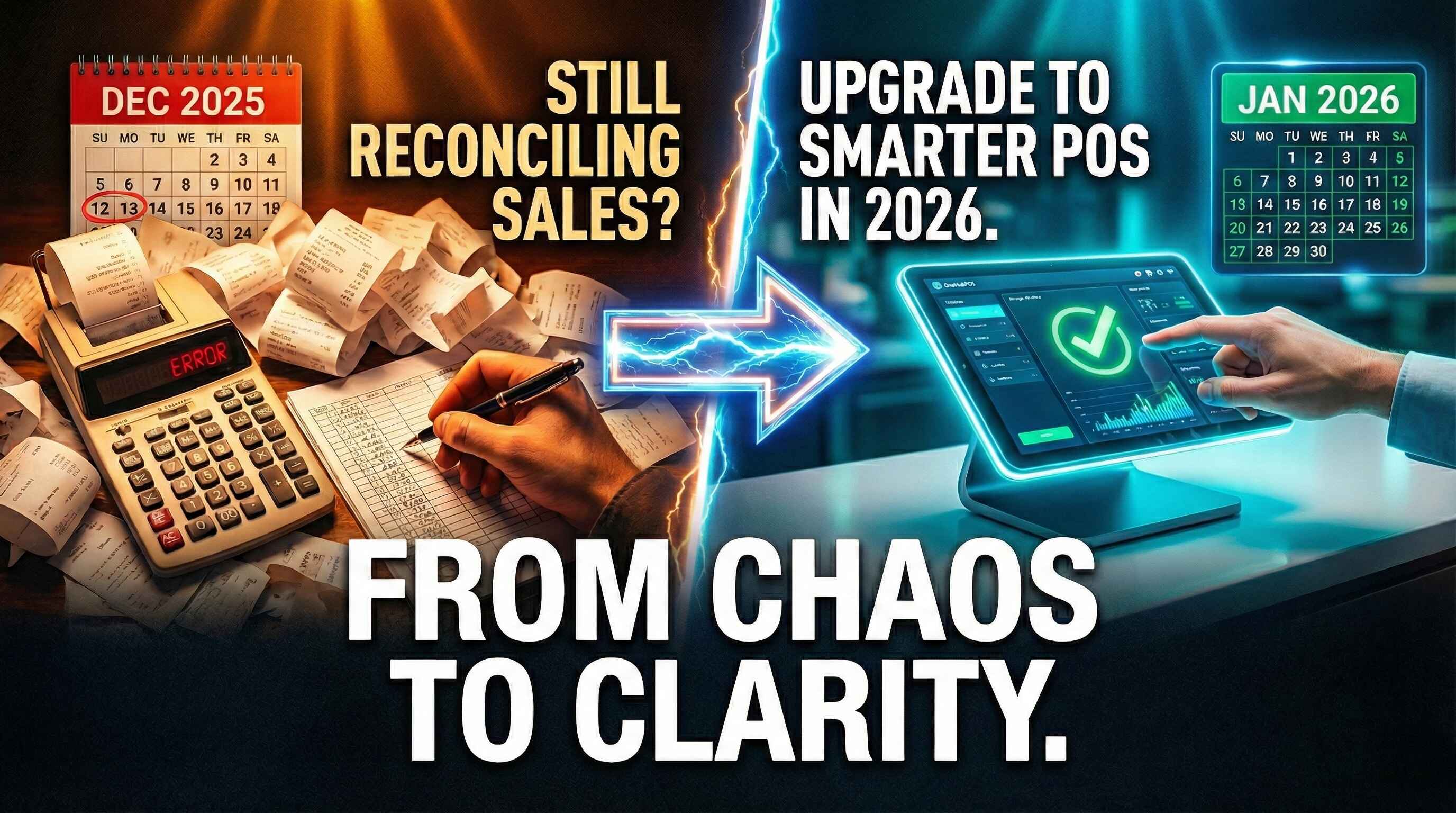

January has a way of exposing problems you didn’t have time to deal with in December.
The holiday rush is over. The footfall has slowed. Your team can finally breathe. And that’s when it hits you. Sales don’t match. Inventory numbers look off. Reports are missing. And you’re still trying to make sense of what actually happened during your biggest sales month of the year.
If you’re still reconciling holiday sales weeks after December ended, the issue isn’t your team. It’s your POS.
2026 is the year small businesses stop managing chaos and start running smarter operations. And the right POS upgrade can be the difference between starting the year stressed or starting it in control.
Let’s break down exactly why December exposed the cracks in most POS systems, and how upgrading to a smarter system like OneHubPOS sets you up for a far smoother year ahead.
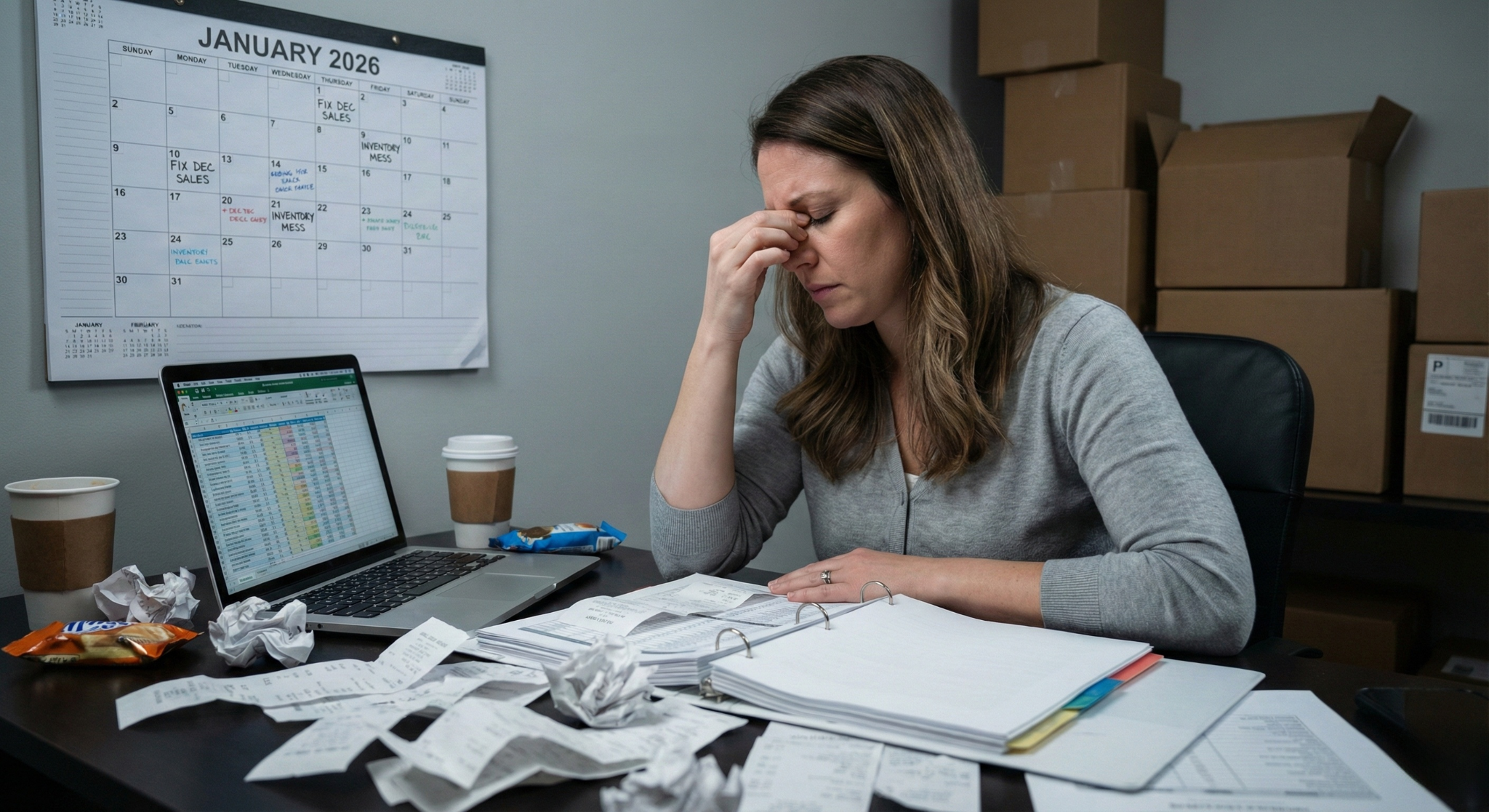
For most small businesses — liquor stores, QSRs, cafés, and retailers — December is not just busy. It’s relentless.
Your POS is supposed to handle this pressure. But instead, many businesses end up:
A new POS isn’t about fancy features. It’s about eliminating these recurring pain points before the next peak season hits.
Here’s how OneHubPOS solves the exact problems December created:
How many times did this happen in December?
With many legacy POS systems, if you miss the day, you miss the data.
OneHubPOS fixes that completely.
You can:
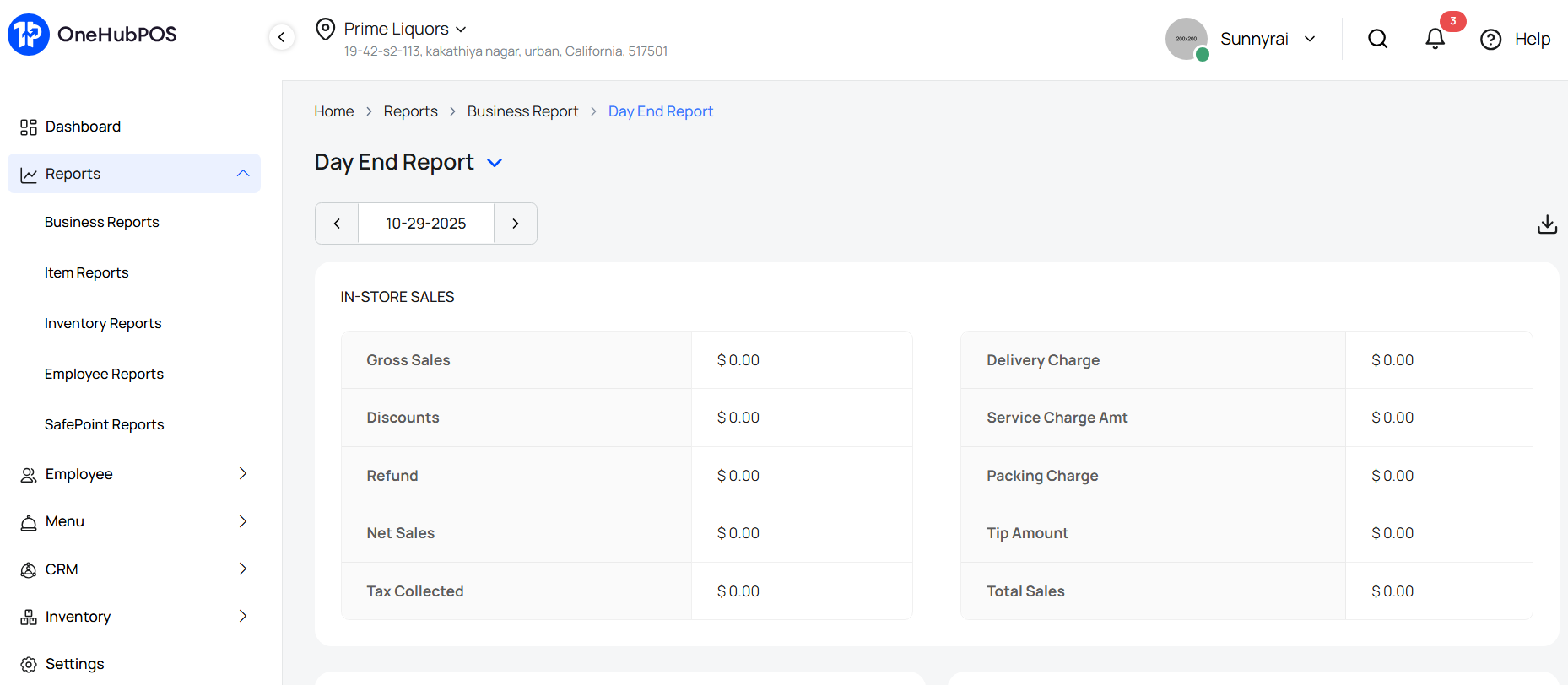
This is critical when you’re reconciling holiday sales, auditing revenue, or preparing financial statements in January.
No more panic. No more “we’ll estimate it.” Just clean, reliable records — on demand.
December inventory issues usually show up in January.
Traditional POS systems make inventory updates painfully slow, especially when vendors deliver multiple products in one go.
OneHubPOS uses AI-enabled inventory to remove this friction.
Here’s how it works:
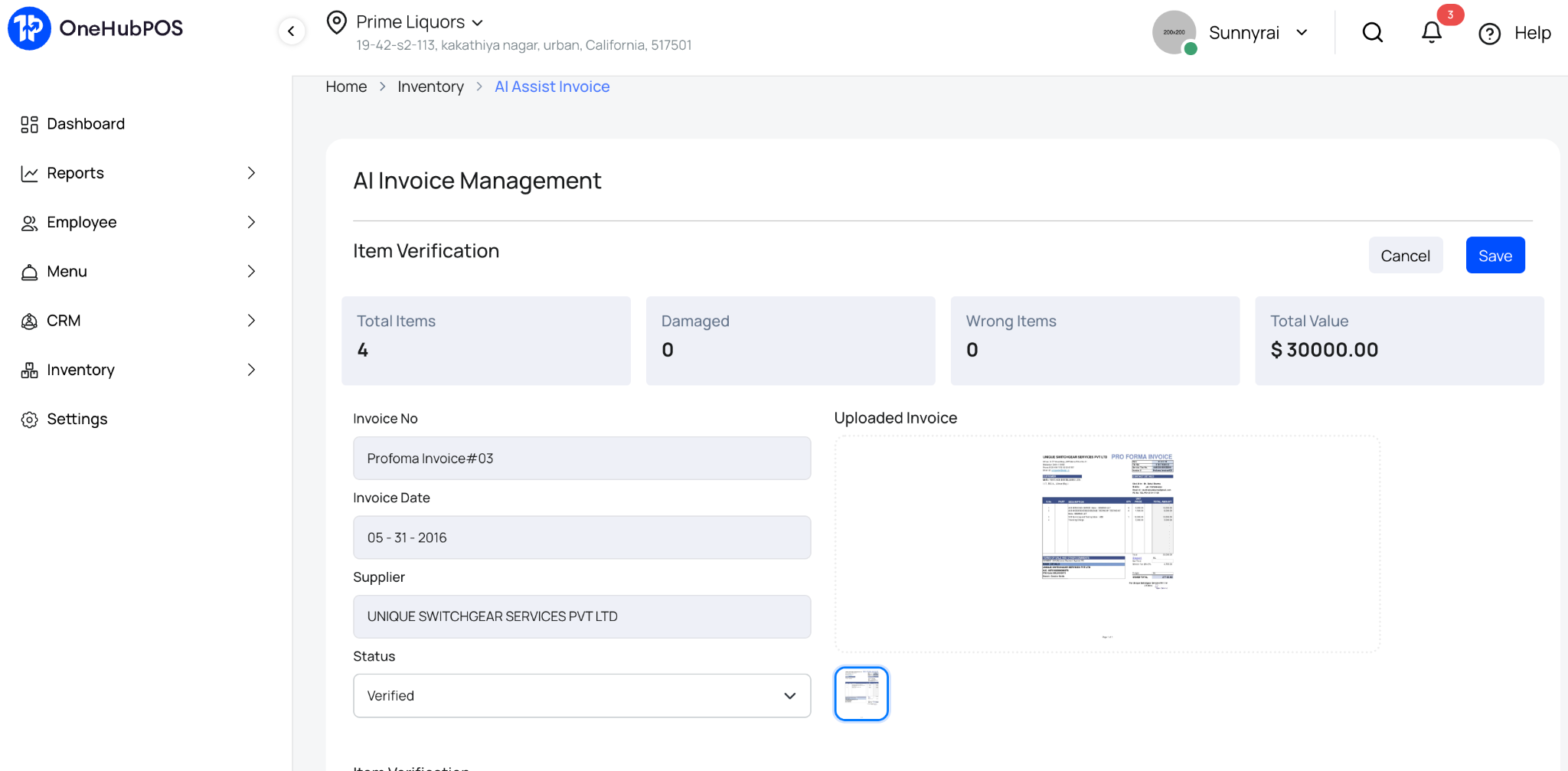
This matters even more after December. Why? Because January is when businesses:
With OneHubPOS, inventory cleanup takes minutes, not weeks.
Must Read: Meet the AI Inventory System Built for American Retailers
Most businesses think they know their best-selling products. But assumptions don’t scale.
OneHubPOS gives you detailed sales reports that answer real questions, like:
You can also analyze:
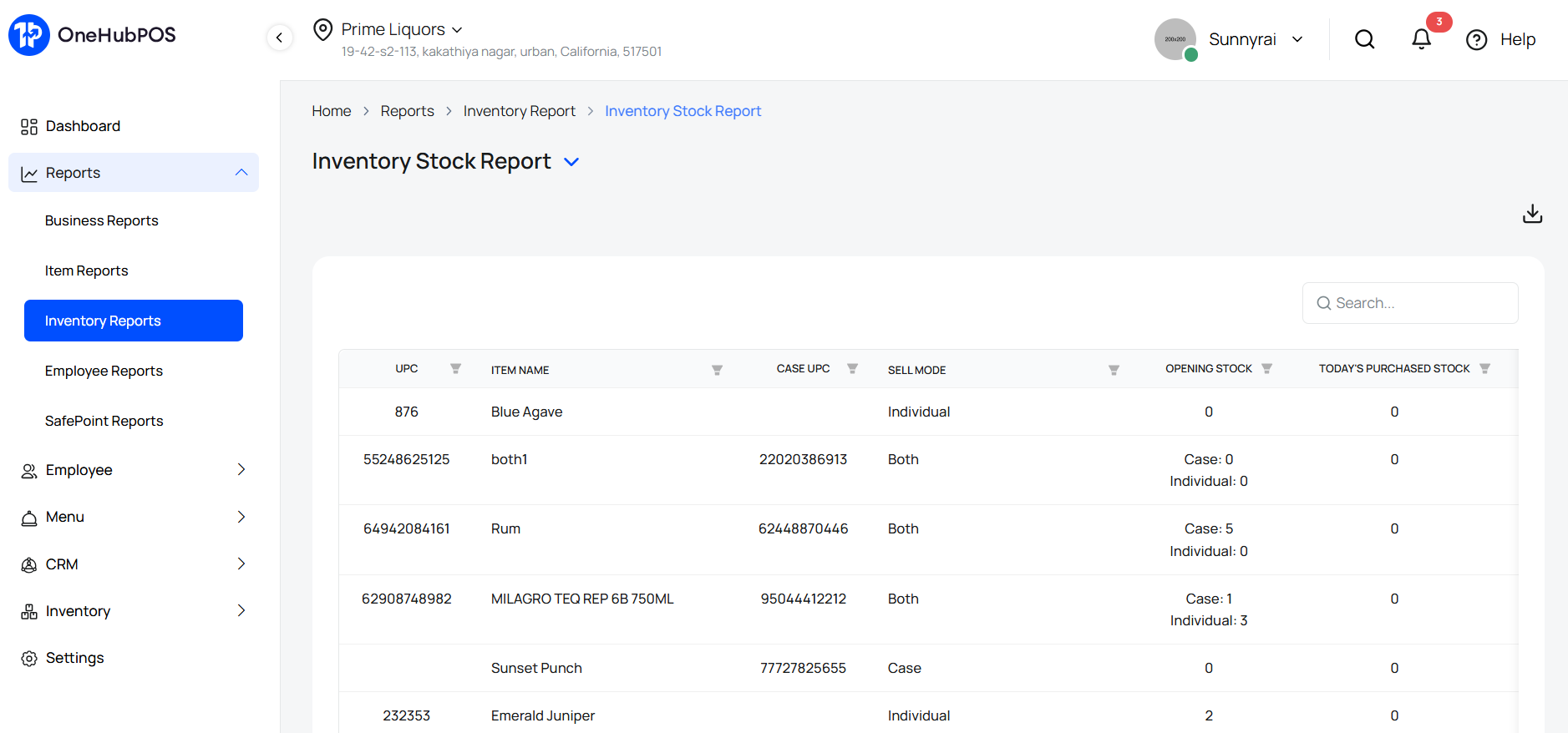
Instead of guessing what to stock, discount, or promote in 2026, you plan based on data. That’s the real value of a POS upgrade — clarity.
Also Read: The Ultimate Guide to POS Analytics for Restaurants
December often exposes another silent problem: payment processing costs.
Most POS systems lock you into one processor. OneHubPOS doesn’t. It’s completely payment-processor agnostic.
As the new financial year begins, you can:
This flexibility alone can save small businesses thousands over a year, especially after high-volume holiday sales.
If December taught us anything, it’s this:
You can’t depend on the internet alone.
Recent outages from Cloudflare and Amazon Web Services reminded businesses worldwide that even the biggest infrastructure providers aren’t immune.
For stores and restaurants, connectivity issues during peak hours mean:
OneHubPOS offers offline checkouts.
.jpg)
That means:
December shouldn’t dictate your revenue risk ever again.
During the holiday rush, many businesses realize they’re juggling too many systems:
And none of them talk to each other properly. OneHubPOS brings everything under one roof.
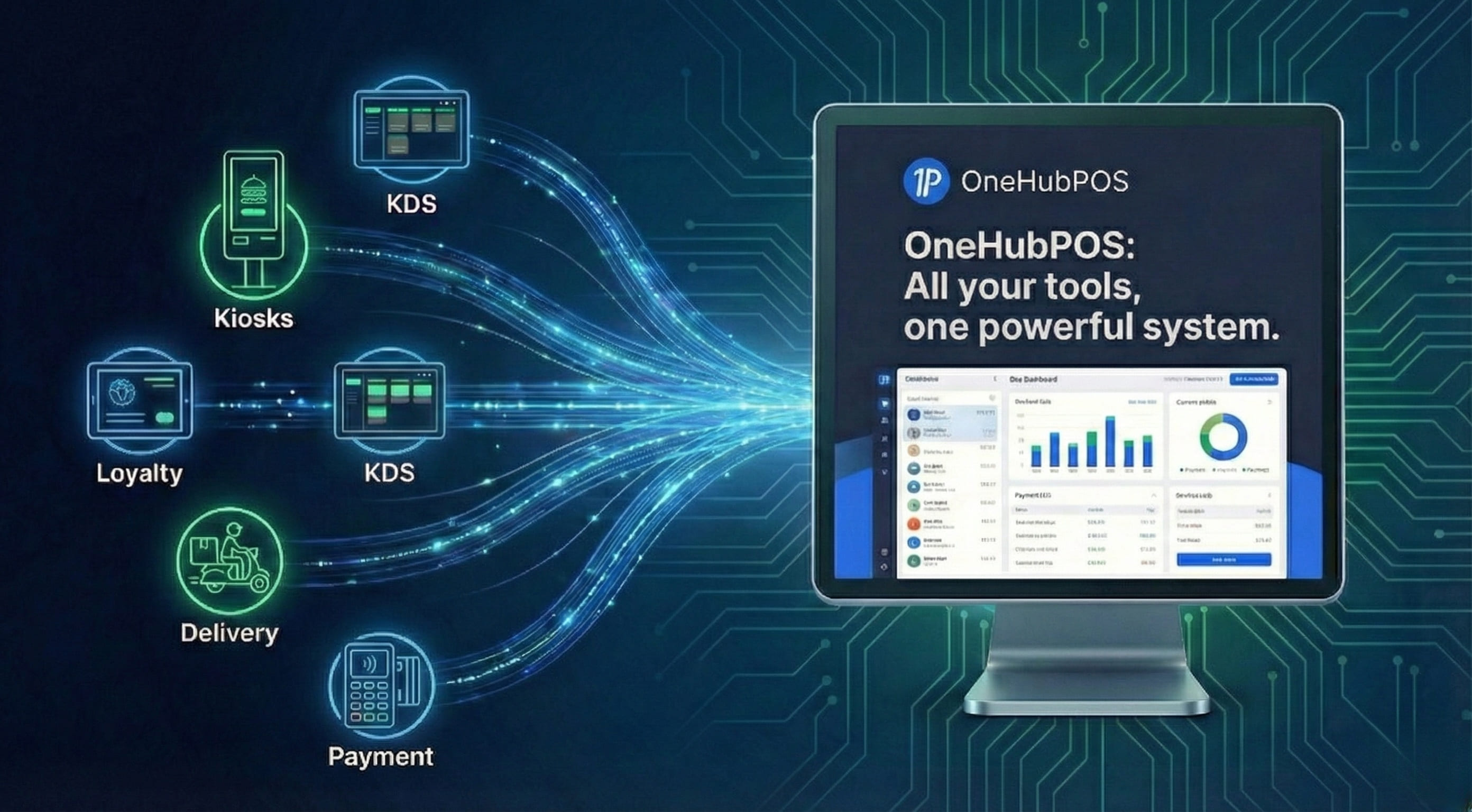
With OneHubPOS, you get:
All connected. All synced. All managed from one dashboard. That’s not just convenience. That’s operational sanity.
December problems don’t wait for office hours. Unfortunately, many POS providers do.
If you struggled with:
It’s time to upgrade.
OneHubPOS offers 24×7 customer support and dedicated account management.
.jpg)
So when things go wrong:
Support shouldn’t be a luxury. It should be standard.
January is when:
Waiting until the next holiday season means repeating the same mistakes.
A smarter new POS now means:
Want to explore OneHubPOS and see how it can solve your real business problems, book a free 30-minute demo cum consultation session with a POS expert to see it all in action.

1180 Iron Point Rd
Suite 145
Folsom, CA 95630